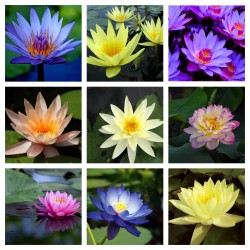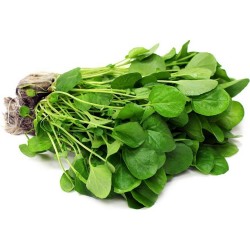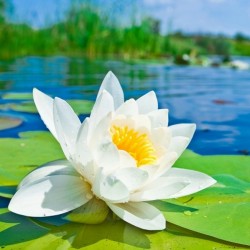Su bitki tohumları
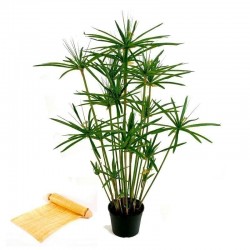
Papyrus Sedge, Paper Reed...
Normal fiyat
€2,35
-15%
Fiyat
€2,00
(SKU: MHS 10)
- "Web"e özel
- -15%
- Yeni

Dev bitki (dev meyveli)

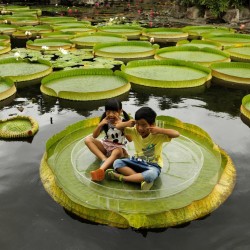
Dev Nilüfer Lotus Tohumları...
Normal fiyat
€2,25
-15%
Fiyat
€1,91
(SKU: F 78)
- -15%
- Yeni

Tayland'dan çeşitli
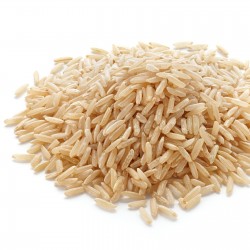
Brown Aromatic, Jasmine...
Normal fiyat
€2,45
-15%
Fiyat
€2,08
(SKU: VE 227)
- -15%
- Yeni

İtalya'dan çeşitli
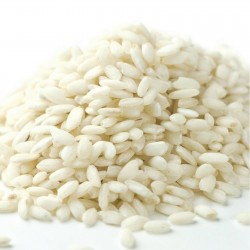
Arborio Pirinç Tohumları
Normal fiyat
€1,45
-15%
Fiyat
€1,23
(SKU: VE 101 A (3.6g))
- -15%
- Yeni

Tayland'dan çeşitli
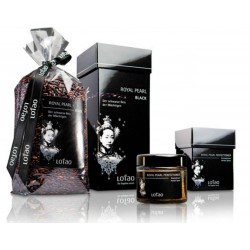
Black Rice Royal Pearl Seeds
Normal fiyat
€1,95
-15%
Fiyat
€1,66
(SKU: VE 108 BR (1g))
- -15%
- Yeni

Hindistan'dan çeşitli
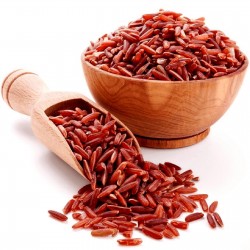
Rakthashali kırmızı pirinç...
Normal fiyat
€1,95
-15%
Fiyat
€1,66
(SKU: VE 103 RR (3.6g))
- -15%
- Yeni
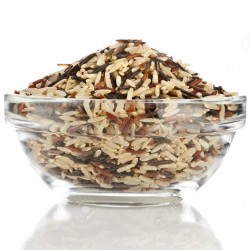
İntegral Pirinç Tohumları -...
Normal fiyat
€1,95
-15%
Fiyat
€1,66
(SKU: VE 102 IR (3,6g))
- -15%
- Yeni




